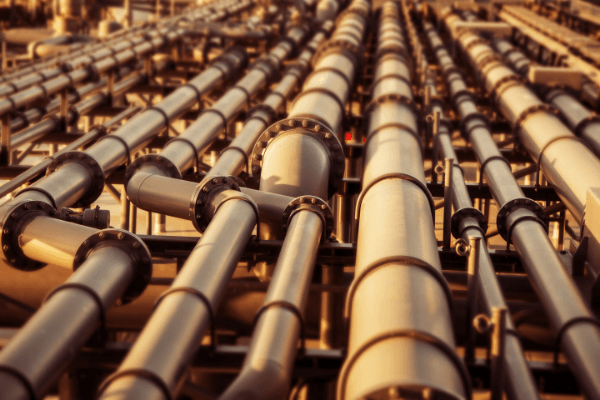Industrial tightness tests are performed to ensure the tightness of products or materials and prevent failures. In this article we explain what they consist of!
Definition of leaktightness
Tightness is a property that is characterized by the ability to prevent the penetration of external elements inside a part, circuit or housing, whether they are fluids, particles or air.
In this sense, if we want to corroborate that a product, material, container or hermetic seal has an adequate configuration and seals to prevent the passage of any fluid, we will carry out industrial leak tightness tests.
Many industries, such as the automotive, medical, packaging and electronics industries, design leak-tight products and need to perform leak tests as part of their maintenance processes.
What is a leak test?
Leak testing is a procedure to verify and measure the tightness of components. It also serves to determine whether an object or system is operating within a specific leakage limit.
Leakage occurs when there is a defect – a hole, crack or some other type of failure – in an object, which allows the liquid or gas it contains to escape. Leak testing uses pressure to find these defects so that they can be addressed as part of regular maintenance procedures.
The two most common types of leak tests are pressure decay and mass flow. In the case of pressure decay, the part is filled with a volume of air at a specific pressure and then isolated from the air source. The pressure inside the part is monitored to track decreases that indicate the presence and rate of a leak. In contrast, with mass flow the part remains connected to the air source to maintain the target pressure inside, while a flow meter records the amount of air that must be continuously pumped into the part to maintain the target pressure as air escapes through one or more leaks.
What is industrial leak testing?
Leak testing is one of the most commonly used inspection methods for detecting failures in leak tight parts. It falls into the category of non-destructive testing methods because it can be performed without permanently altering or damaging the part.
Leak testing forces liquid or gas out of a defect, thus revealing its presence and location. When substances escape from a vessel, they flow from where the pressure is highest to where it is lowest. Leak testing takes advantage of this phenomenon by using pressure to generate a flow to a lower pressure-i.e., the location of the leaks-while monitoring for cracks, holes, weak joints, as well as other defects or imperfections that may allow fluids or gas to escape, as in the case of liquid penetrant testing.
Before performing a leak test, it is important to consider the function for which the material or object was originally manufactured.
For example, some automotive parts are specifically designed so that gases cannot escape from them, as is the case with an intravenous line, which is designed to keep liquids inside. Similarly, the material from which the product is made will also influence the results. If a material turns out to be too brittle or malleable, the pressure will change the object – for example, causing it to expand – since substances respond differently to different pressure ranges.
Detection methods in leak testing
Here are some of the most common industrial leak detection methods:
- Bursting: increase the pressure to find the point at which the device will open, i.e. burst.
- Chamber: used to identify leak-causing defects in a sealed environment, such as a device or package.
Pressure-vacuum: This method uses pressurization of a test object and a reference volume. If a leak exists, the difference between the two will decrease. - Pressure decay: uses the pressure change of an object or system under positive pressure to identify defects causing leaks.
- Vacuum decay: this technique uses the pressure change of an object or system under negative pressure to identify leakage faults.
- Occlusion: identifies obstructions in the flow path of a gas to discover defects causing leaks.
Other more specific detection methods include: dyes, radioisotope detection, bubble testing, pressure or flow monitoring and thermography among others.
Sealing gaskets
Seals are used to optimize performance and provide reliable operation. In addition, seals are capable of supporting machines of all sizes. For example, they are used in both large turbines and very small rotary tools. However, to achieve these functions and ensure tightness, it is necessary to match the most suitable sealant to the materials to be joined.
Sealants are materials that prevent the passage of fluids and other substances through surfaces and mechanical joints. They block air leaks, insects, dust, sound and heat. There is a wide variety of sealants with different properties – they can be strong, flexible, rigid, temporary, permanent, etc. – and suitable for each type of joint. Some of the main types of gaskets most commonly used in industrial applications are as follows:
- Hydraulic seals,
- pneumatic,
- Piston seals,
- LC profile,
- clamping seals,
- integral,
- EMI/ RFI seals,
- waveguide seals,
- spring energized seals,
- rotary shaft seals,
- metal gaskets of different shapes.
At INFINITIA Industrial Consulting we are experts in materials, innovation and design. If you want to perform a leak test on your materials or develop a new product, contact our prototyping team to offer you the best solution.

